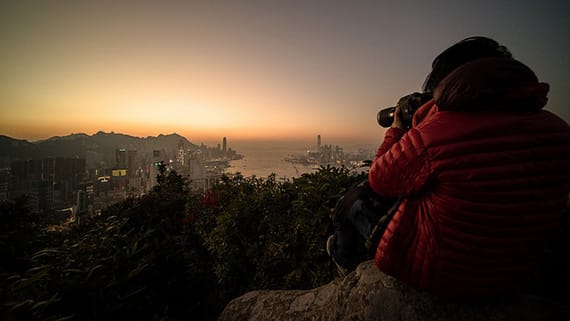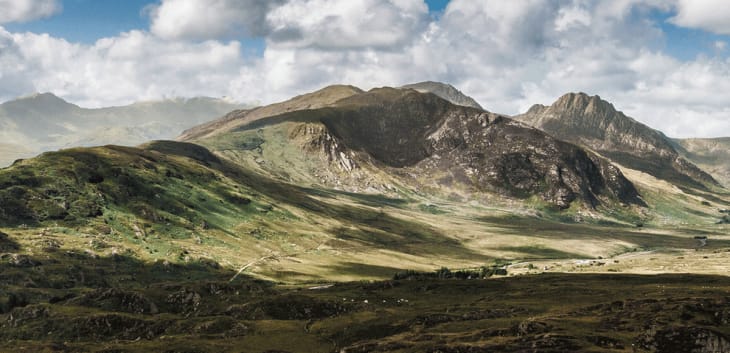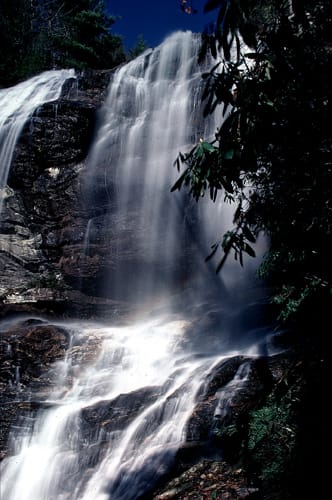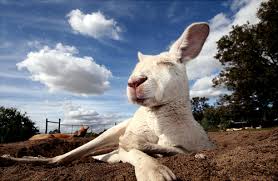Photography as a profession has gained immense popularity over the years. Today, we see many students venturing into this creative field and making it as their mainstream career.
When it comes to photography, there’s a lot that goes into making a great picture such as choosing the appropriate shooting angle, the right perspective, choosing the background, etc. Once you have a clear understanding of how each feature functions, it becomes relatively easy to get the desired results. However, despite knowing a lot about photography and the camera, not all photographers are able to achieve a perfect shot.
In fact, for any learner, professional photography training is a must-do from a reputed photography training institute. These institutes exclusively provide hands-on training along with the theoretical and technical knowledge that boosts a student’s learning ability. For example, if you take a look at an image of a landscape, you would certainly wonder the kind of finesse it’s shot with.
The angle and style with which a landscape is shot are different from a portrait, candid, conceptual, etc. types of photography. In landscape photography, you are required to use a wide-angle. This is the best way to achieve a complete and perfect shot.
So, in this article, we will learn how to get the wide-angle photography right in order to achieve a masterpiece. Read on, to know few secret behind this type of photography.
Firstly, let us understand
What’s a ‘Wide angle’ photography?
A ‘wide-angle’ photography basically means clicking pictures with a lens that has a short focal length. The focal length is defined as the distance from the lens to the sensor when the lens is focused at its maximum. Here, the distance is measured in millimeters (mm).
Clicking with a wide-angle can actually help you capture incredible pictures. In this, you must remember that the shorter the focal length of the lens the wider is the view; and the more you will be able to accommodate in your frame.
Having understood this concept of wide-angle photography, let us understand how to get it right.
The 180 degrees’ angle
When clicking a landscape picture, say a mountain, it is quite obvious that you would use a wide-angle lens. The simple reason is that when clicking in a wide-angle, the human eye can see nearly 180 degrees of the image. Hence, with this horizontal view, the eye would like to see much more than what is just visible. Therefore, some of the most suggested lenses for wide-angle focal length for SLR cameras are 14mm, 20mm, 24mm, etc.
In photography classes, students are often taken on excursions so they experience, learn and apply these styles practically.
Wide-Angle Distortion
When clicking in a landscape, we mostly end up getting a distorted picture. The reason being that when clicking, the wide-angle lens ends up taking a very wide view to the extent that it distorts the picture. For this reason, one must use a wide-angle distortion. This would help in getting sharp images.
In photography courses, students are taught how to handle the camera and are briefed on the different types of lens.
The Depth
This is best explained and understood in an open field. In an open field, the wide-angle lens gives the illusion of an in-depth clear focus good. However, if you zoom out, the field depth disappears; hence leaving you with a shallow image.
Therefore, the use of a wide-angle lens provides a gradual depth of the field. Do remember the longer the focal length in a wide-angle, flatter will be the perspective.
For every beginner, understanding the intricacies of photography is a must and the only way to gain it by joining a photography school. One such photography training school is Hamstech Institute.
Frame the Subject
Subjects can be framed in the most creative way using a wide-angle lens. You could also capture the subject even from a window frame. The strangest and smallest of angles can look amazing when clicked with a wide-angle.
Similarly, you can also use leading lines as your guidelines or simply use interesting foregrounds and make the best use of wide-angles. Photography is all about trial and error. Each experience is a new learning. As you keep exploring your camera, you’ll be surprised at what you get
to learn from it.






